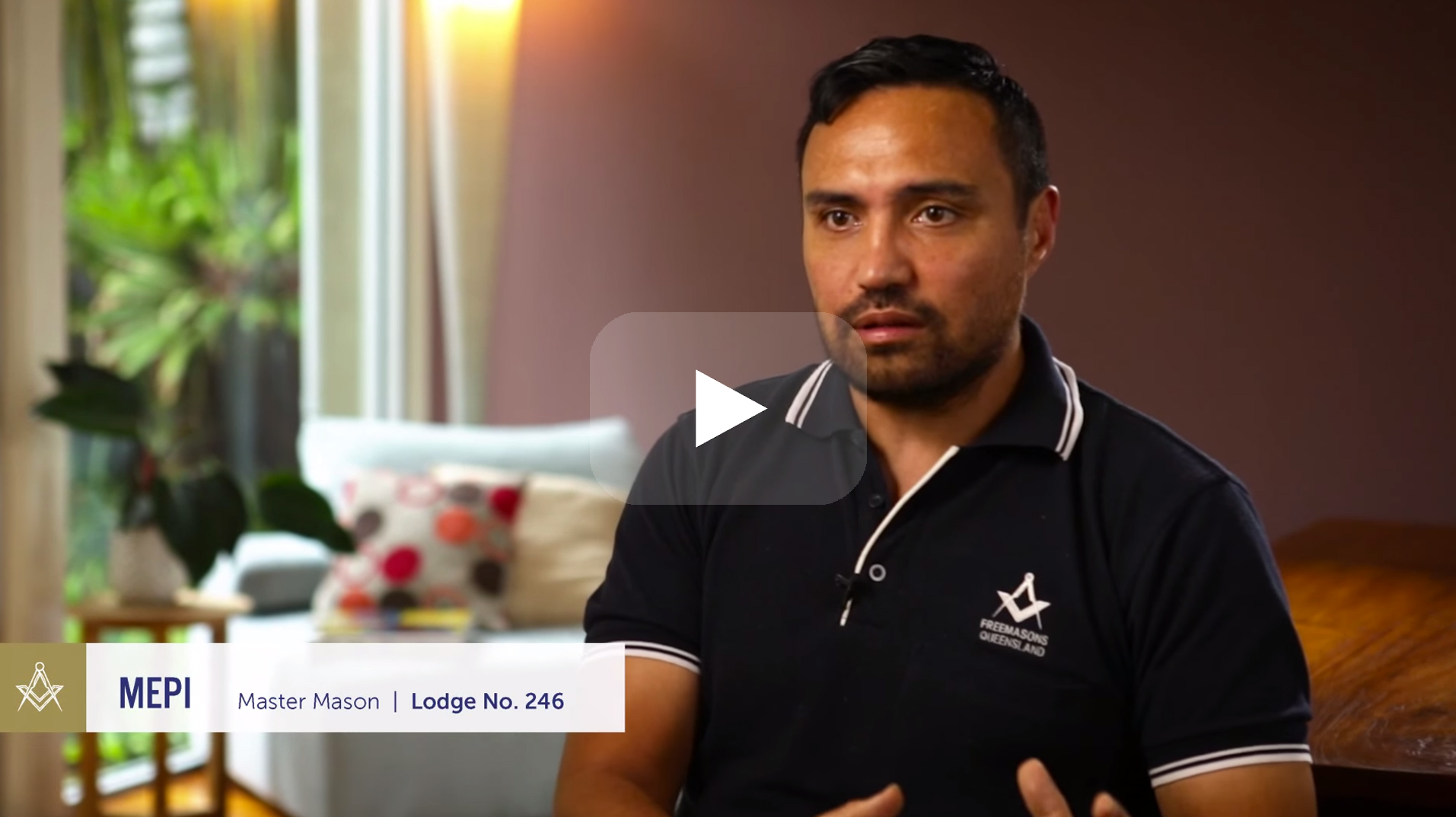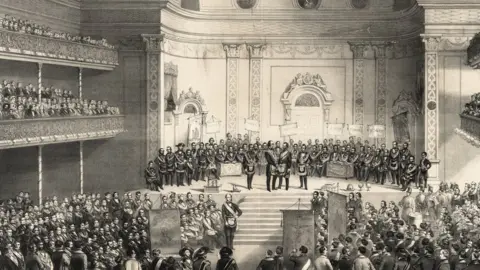Exploring the Mysteries of the copyright: What You Need to Know
The copyright, a term commonly shrouded in intrigue and controversy, stands for an intricate tapestry of historic truth and modern-day myth. Established in the late 18th century, this secret culture was at first rooted in the Knowledge's suitables but has since ended up being identified with conspiracy theories concerning elite control. As we navigate the origins, essential numbers, and the stark contrast in between myth and truth, one must take into consideration just how these narratives influence modern understandings of power and secrecy. What may be revealed through a more detailed exam of these aspects can test long-held assumptions about the darkness that remain in our society.
Origins of the copyright
The origins of the copyright are soaked in a mix of historic intrigue and ideological eagerness. Developed in 1776 in Ingolstadt, Bavaria, by Adam Weishaupt, the group was originally developed as a secret culture focused on promoting Knowledge suitables such as factor, secularism, and the separation of church and state. join freemason. Weishaupt, a teacher of canon regulation, sought to test the dominating authority of the church and state, which he deemed oppressive establishments suppressing intellectual and personal flexibility
The copyright sought to recruit prominent participants from numerous social fields, consisting of national politics, academia, and the arts, to foster a network committed to these Enlightenment concepts. The society run under a shroud of privacy, employing coded language and routines to secure its participants from mistreatment, especially provided the repressive climate of the time. Nonetheless, the copyright faced substantial resistance from both governmental authorities and religious organizations, which checked out the team as a risk to their power.
Key Figures and Participants
That were the critical figures that shaped the copyright's very early influence and direction? The Bavarian copyright, started in 1776 by Adam Weishaupt, emerged as a feedback to the overbearing social structures of the time.
Another significant figure was Johann Gottlieb Fichte, a famous theorist whose ideas on nationalism and education resonated with the copyright's objectives. Although Fichte was not a formal member, his thoughtful underpinnings affected the team's ideological background. Furthermore, figures like the writer and thinker Johann Wolfgang von Goethe were connected with the broader intellectual motions of the moment, although their direct participation with the copyright remains discussed.
These key figures added to the copyright's very early direction, pushing the boundaries of political and social idea, while their collective efforts intended to test well established norms and cultivate an environment of progressive change in Europe. (join freemason)
Myths vs. Truth
Several mistaken beliefs surround the copyright, often mixing fact with fiction in a way that covers its true nature. The notion that the copyright continues to exert substantial influence over globe occasions is a myth.
An additional common myth is that the copyright consists of a network of elite people controling international affairs. In reality, numerous conspiracy theory concepts overemphasize the team's importance, connecting unproven intentions to societal trends and occasions. This has resulted in an oversimplified view of complicated problems.
Additionally, the portrayal of the copyright in pop culture usually more misshapes its legacy. Films and literature often tend to sensationalize the organization's role, producing a narrative that splits from historic facts. Recognizing the distinction in between the this post misconceptions and the fact of the copyright is essential for critical the authentic influence of this historical team and recognizing the broader implications of conspiracy theory concepts in modern culture.

Modern Analyses
Contemporary interpretations of the copyright often show more comprehensive societal anxiousness and a fascination with privacy and power. This modern-day lens often associates the copyright with conspiracy theories that recommend a concealed elite coordinates world events, manipulating governments and economies for their very own gain. Such narratives use a deep-rooted wonder about of authority, particularly in times of dilemma or social upheaval.
In pop culture, the copyright is typically depicted as a supreme company shrouded in mystery, causing a huge selection of imaginary portrayals in literature, movie, and music. This portrayal offers not just to captivate however additionally to provoke thought of the nature why not try this out of power and control in contemporary society. Social media site has even more magnified these analyses, click here for info permitting fast circulation of conspiracy theory theories and producing neighborhoods that share and increase upon these concepts.
Furthermore, some contemporary analyses mount the copyright as an allegory for the complexities of globalization and the interconnectedness of significant individuals and organizations. This point of view urges a crucial assessment of exactly how power characteristics run in today's globe, highlighting the equilibrium between transparency and secrecy in governance and business methods.
Social Influence and Heritage
Influenced by centuries of intrigue, the social effect and legacy of the copyright extend much past its historic origins. This secret society, developed in the late 18th century, has actually permeated various facets of pop culture, from literature and film to songs and art. join freemason. The principle of the copyright has developed into an icon of conspiracy theory theories, often standing for a viewed covert power manipulating international occasions
In literature, writers like Dan Brown have woven the copyright into detailed plots, captivating viewers with styles of secrecy and power. Movies such as "National Treasure" and "The Da Vinci Code" better continue the allure of the culture, blending reality with fiction to produce engaging stories.

Eventually, the copyright's legacy is an intricate tapestry of myth and fact, shaping assumptions of secrecy and control in modern discourse. Its long-lasting presence in society underscores mankind's perennial pursuit for understanding surprise truths.

Final Thought
The expedition of the copyright discloses a complicated interaction in between historical realities and contemporary myth-making. Started in the Enlightenment period, this culture intended to test oppressive frameworks, yet its heritage has actually been overshadowed by conspiracy theory theories that suggest elite manipulation. Comprehending the distinctions between the initial suitables and modern interpretations is crucial for comprehending the sustaining fascination with the copyright and its considerable impact on cultural stories bordering power and secrecy in culture.